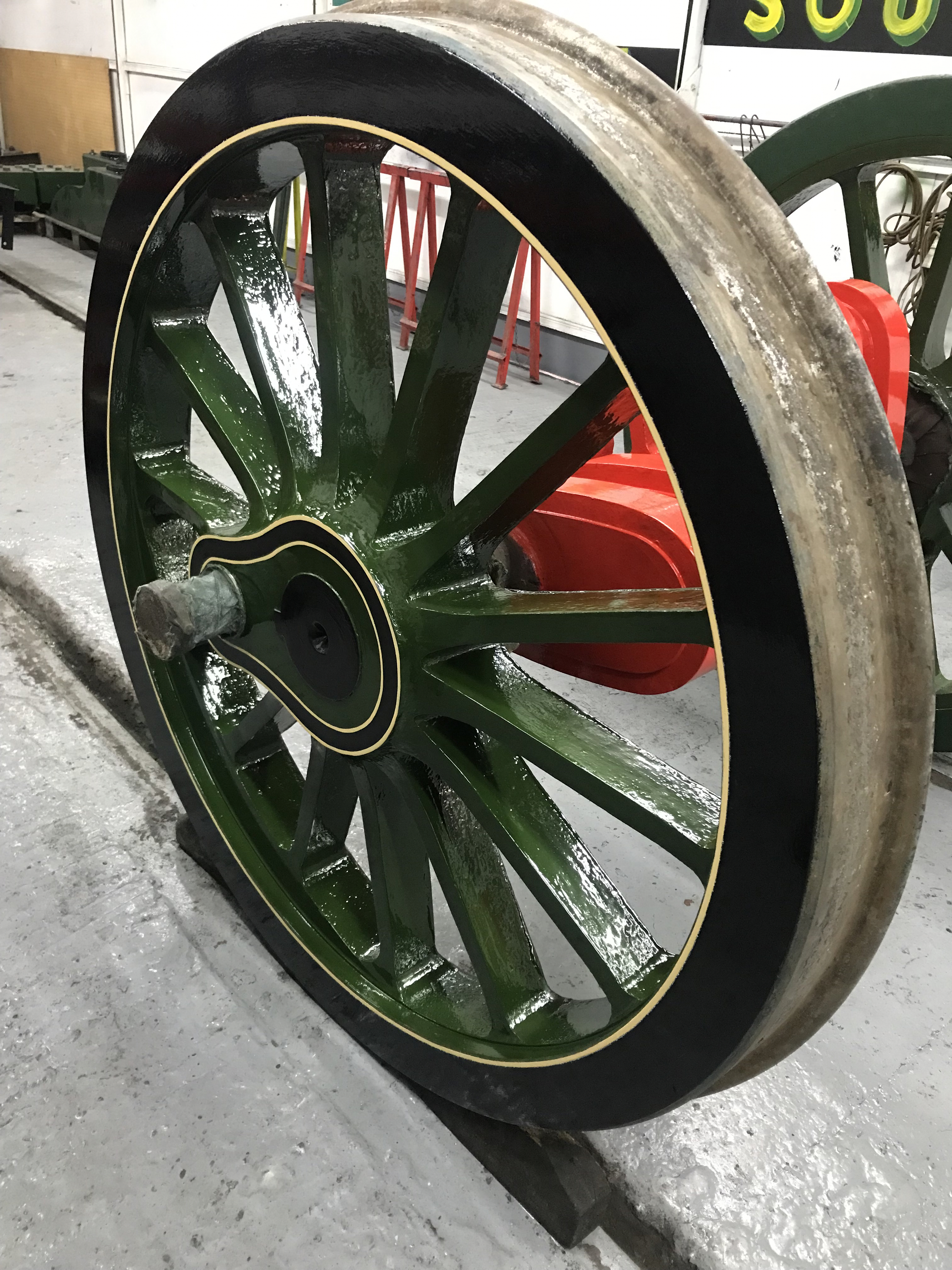
T&I News 3 2022…
Winter continues to bite, with recent snow and rain making ground conditions particularly soft, and the appeal of working outside is seemingly some months away still! That said, the Permanent Way team have been busy changing sleepers on the Tramway, with another 50 sleepers substituted last week, and more this week too. The contractor rebuilding the rails on the town curves in the Town haven’t reached as far as we hoped, so we are discussing extending the contract to complete the inner-circle rails (nearest to the Chemist) as the work has clear benefit and the cost is mitigated by not having to close and dig-up the cobbles in what is the busiest area of the museum.
The steam team are also braving the cold, working around the Waggonway or alongside the PW team. It is nice to report some progress on Dunrobin in this post – with a first glimpse of its livery being included here. Puffing Billy has had its internal inspection (boiler) and the vessel has been pronounced fit for further service, so tubes are being fitted this week in readiness for expansion (to make them tight within the tubeplate) to follow shortly.
Waggonway
Jorden, the Steam Team Leader, reports on the ongoing winter improvements that the team are undertaking at and around the Waggonway in readiness for the resumption of engagement and operating there in April.
Below: Work on new noticeboards and gates is seen progressing here.
Below: The inside of the bothy that is to the east of the site (with the crenulations) is being refurbished in readiness for this becoming an exhibit space.
Below: Work on the path that will divert around the back of the both also continues when the weather permits, and includes the installation of this gate so that the yard can be closed off from the Eston Church direction if required.
Below: More evidence of a busy wire and paintbrush – the gates now being light grey in contrast to the mid-grey of the railings and architectural furniture.
Below: More of the colour-contrasting gates (which will also aid visitor navigation of the area).
Below: Window frames, columns and doors are/have been repainted across the north side of the Great Shed.
Below: The Dandy Cart and two early chaldrons have benefited from being undercover this winter, and the team has carried out refurbishment and repainting of these where required. Here Peter re-applies the numbering to one of the chaldrons, followed by an overall view of the two chaldrons and the Dandy Cart just visible behind. The passenger coaches are inside the shed, over the pit, for winter inspection and maintenance, whist the Brampton Coach is also receiving work to adapt it to accommodate wheelchair-users.
Below: Behind the station platform a deep layer of leaves and vegetation has collected over the years. This is being dug out to reduce the corrosive effects on the fence. The adjacent wooden fence has also had oak planks applied, to hide the more modern three-rail fence in this location. Having the team available on days through the winter has really enabled the area to flourish and the improvements reported here show the very clear progress in enhancing this area.
Photos above courtesy of Jorden Sayer
Sunderland 2
Below: Eric Waugh, one of the Friends of Beamish who cares for the Northern General SOS bus here, sent through some photos that he took of Sunderland 2 taken on the 5th May 1979. At this stage the roof carried advertising boards (I haven’t managed to find out if they are an original Sunderland feature or not – they don’t appear in any photos that I have seen) – which are in store inside the bus at present, having been removed some time ago.
Photos above courtesy of Eric Waugh
Dunrobin
Below: The Severn Valley Railway’s painter, Ronan, has been working on 4085’s components, ahead of it being re-wheeled in the next phase of work. This is our first chance to admire the livery, complete with lining. The livery is based on the works photo, replacing the grey used for photographic purposes, with mid bronze green. This will be a contrast with the livery as carried in latter years of it’s UK life, and then that applied in Canada. There are early photographs that show the loco in use, in an earlier guise, and this is the condition to which it is being restored. Readers may recall that the wheels seen here, along with tyres and crankpins (plus the stub axles into the cranks) are all brand new. Ronan is currently painting and lining the frames.
Photos above courtesy of Ronan O’Brien
Kerr Stuart 721
Below: Don took this photo showing one of the new slide valves for 721, fitted to the valve spindle and offered up to the valve face to check fit/clearances etc.
West Riding 560
Below: One of the most commonly raised categories of visitor feedback is that of the Wheelchair Accessible Vehicles (WAVs) – Crosville 716 and J2007. These are vital to enabling some of our visitors to access the museum at all, and are a high-priority for us in terms of ensuring availability of this element of the transport operation. When we were restoring 716, we were able to purchase a quantity of Leyland Cub spares, including a 1939 West Riding Cub (with a more generously sized and more complete, Roe body), and this has remained in store since 2015. In setting out our transport strategy for the period 2023 – 2016, this vehicle has been included, to be restored and adapted as a third WAV (and enabling J2007 to be more or less retired), as a response to visitor needs and to complete (for now) this set of vehicles.
Readers can find information elsewhere on the blog regarding its history, but the remains have now arrived in the workshop with a first-phase plan being developed to overhaul the chassis, install the drive-train and complete the mechanical element of the project to running-chassis stage. We will then look for a contractor to restore and adapt the body.
The chassis is in very good condition – but is not the one that carried the West Riding body in service (either for its original operator or the later Welsh operator, Pritchard of Anglesey). At some point in its preservation life (possibly when stored in Bradford), the body was transplanted onto a 1938 Cub chassis, which was low-mileage and in very good condition. This was AFR 900, supplied to Blackpool Corporation as the Committee Bus (for use by civic dignitaries etc.) and which had a forward-control Burlingham body, and a luxurious saloon complete with armchairs.
As a result of its cosseted life, it is not thought to have exceeded 16,000 miles, though its post-Committee life was a sad one, it ending up in use as a building material store until removed elsewhere (Bradford?) in 1982. It was said to be good for 60MPH, though the brakes were also reported as being poor.
If we can positively identify the chassis as AFR 900’s, then when we seek registration of this bus, it may well have to be on this number. The West Riding bus (HL 9621) was converted with a diesel engine in Wales, and this engine has come with the surviving components, and could be restored and grafted onto AFR 900’s chassis. The alternative is to look at fitting a Perkins P4 diesel, or similar, to give us something that we can maintain and is easier on fuel than Crosville 716 (which is petrol). Being an assemblage of Cub parts, such considerations rest more easily on the curatorial conscience, and there is very much a working life ahead of this bus when restored (which will go by the description West Riding 560 regardless of what we do about the registration number).
In order to explore the options and assess the chassis condition, the bus has now been moved to the workshop at Foulbridge (the horse tram being stored outside under sheets whilst this takes place) and the team (Russ and Dan) are looking at completing their ministrations this year, if at all possible. This will include overhaul of what exists (which appears to have received a lot of attention from the previous owner), providing a suitable engine and gearbox, purchasing a new prop-shaft and making such changes are needed (which appear to be minimal) to relocate the steering column from the original forward-control stance, to a normal-control position. So from this point on we can look forward to a new thread within the blog, as this project is developed…
Below: 560 in the old workshop at Foulbridge. The front of the bus aligns with the old electrical workshop, which is being converted into a restoration bay for the engine and transmission for this project. One of the first tasks will be to empty the bus and see just what we have available for the project.
Below: This Perkins 4-cylinder diesel engine was purchased as a potential spare for that in the Daimler D-Type. It has been stored ever since and also has a suitable gearbox to match it. The appeal of this engine is the availability of spare parts, it’s proven track-record and its technological compatibility with the period of time the bus was operational in. Russ and Dan, who will be progressing this part of the project, will shortly offer the engine to the chassis to see if it will fit, what mounts will need to be made and whether the existing mounts and cross members will accommodate it, or require replacement.
We have access to the usual published sources regarding the two buses involved here, but I would be very pleased to hear from anyone who can fill in the gaps – especially once both buses were retired, and their lives through to being grafted together (albeit loosely) before the restoration stopped.
Peckett 1370
Below: On Tuesday 24th, 1370 departed for its new home, having been sold by to the Buckinghamshire Railway Centre at Quaniton Road. The locomotive was steamed on Monday for the new owners, and then loaded on Tuesday for its journey south. Antony Walker took these views of it being loaded, and David Moseley caught it crossing the event field as it left Beamish. It has been with us for four years, operating at both Rowley and in the Colliery, and was very popular with operators and visitors alike.
This won’t be the last locomotive move the standard gauge Colliery line sees in the early part of 2023, as another visiting loco is being lined up for the steam gala in April, which we hope might stay a little longer after the event. Once we have agreements in place and confirmation of this, it will be announced here as part of the build up to the event…












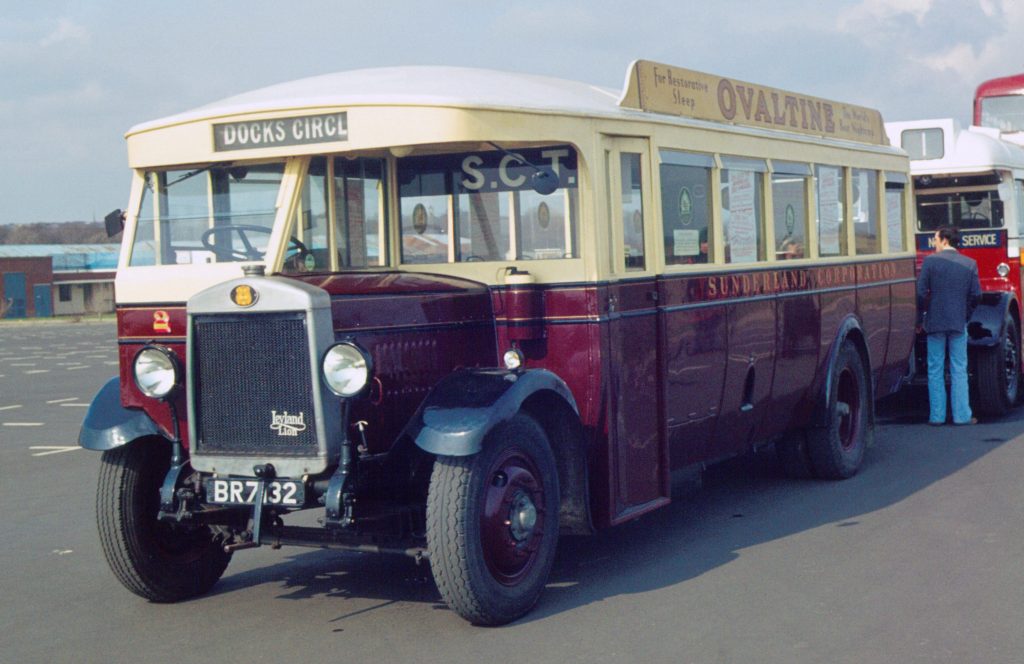

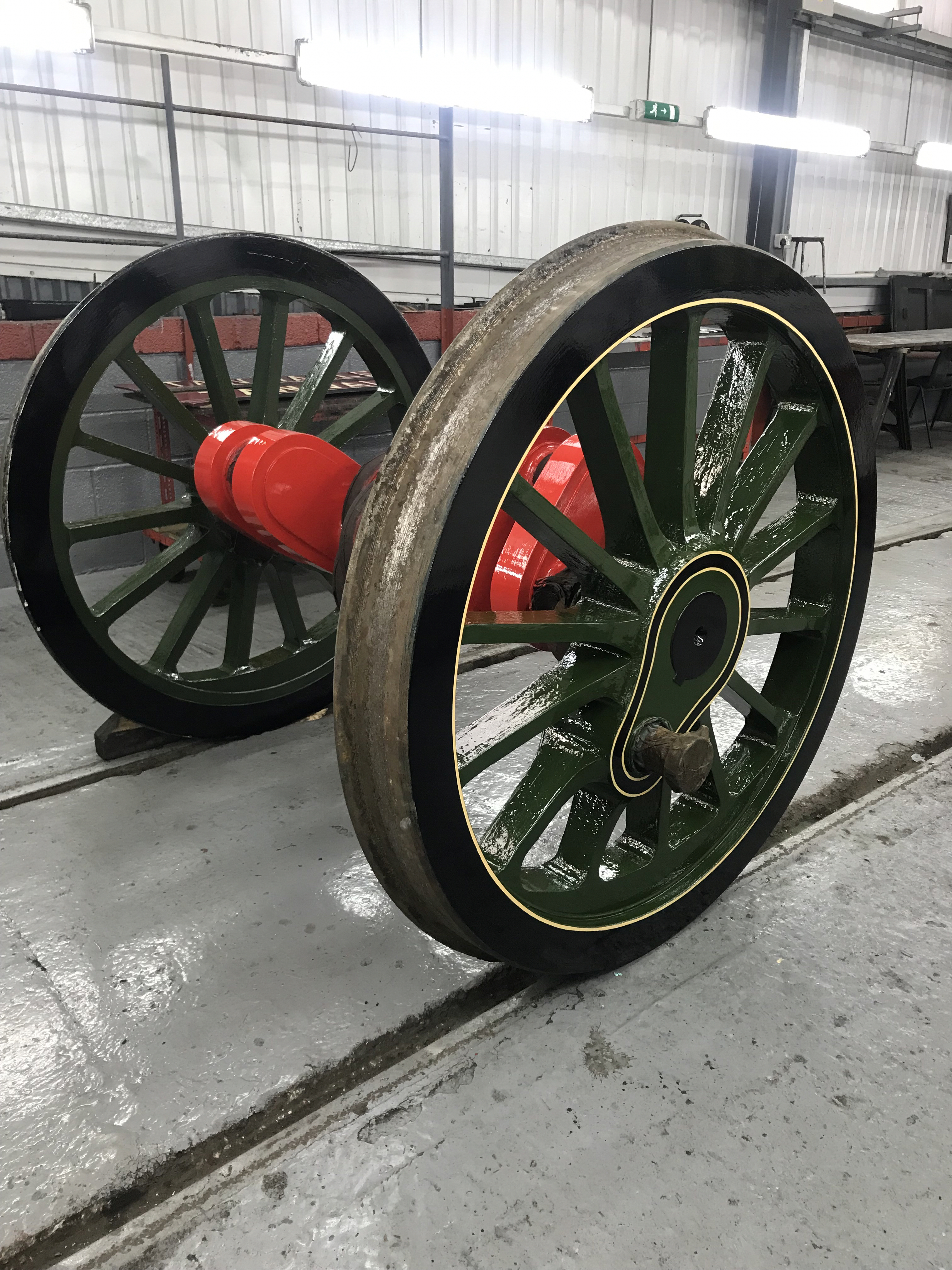

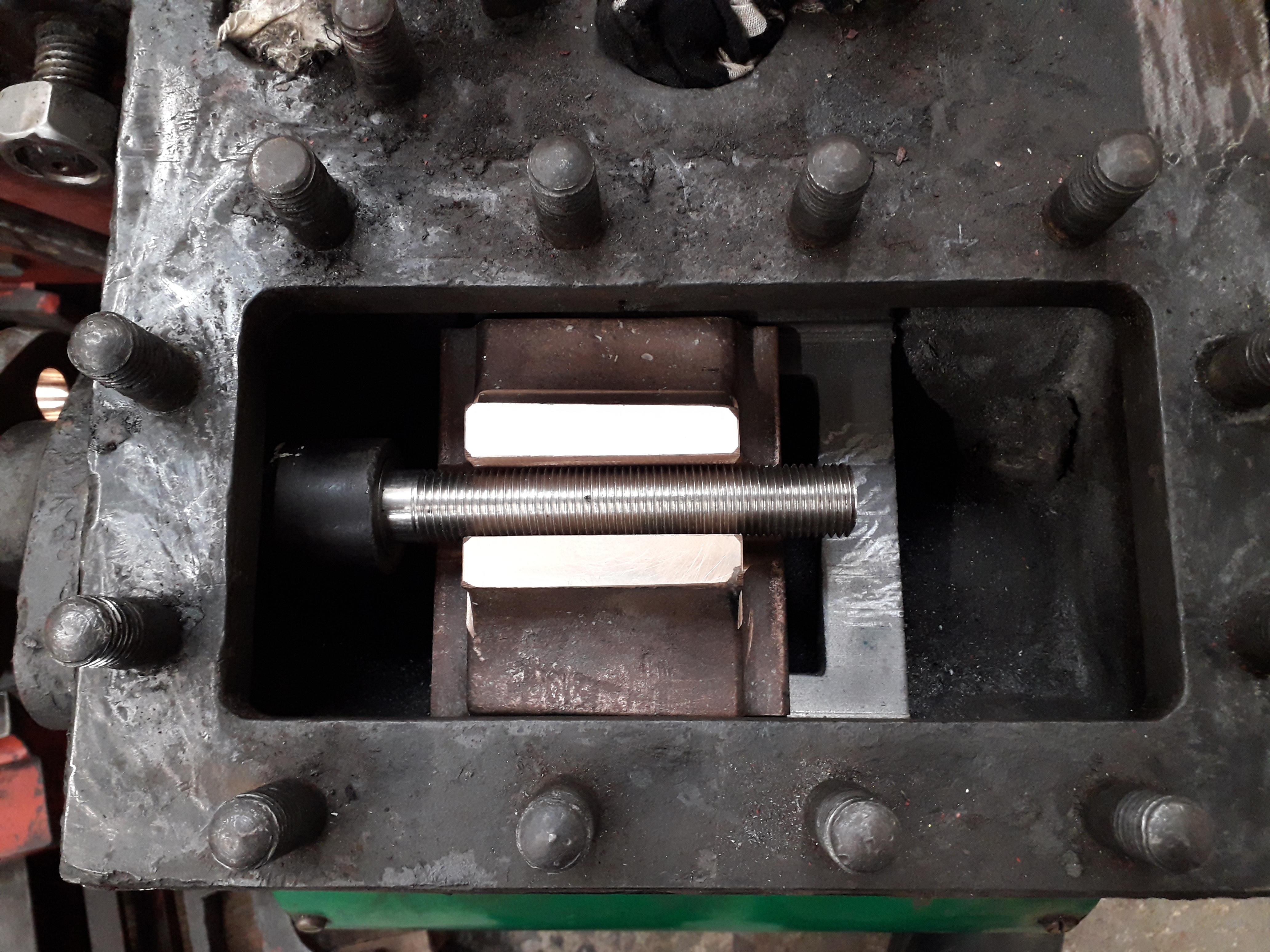
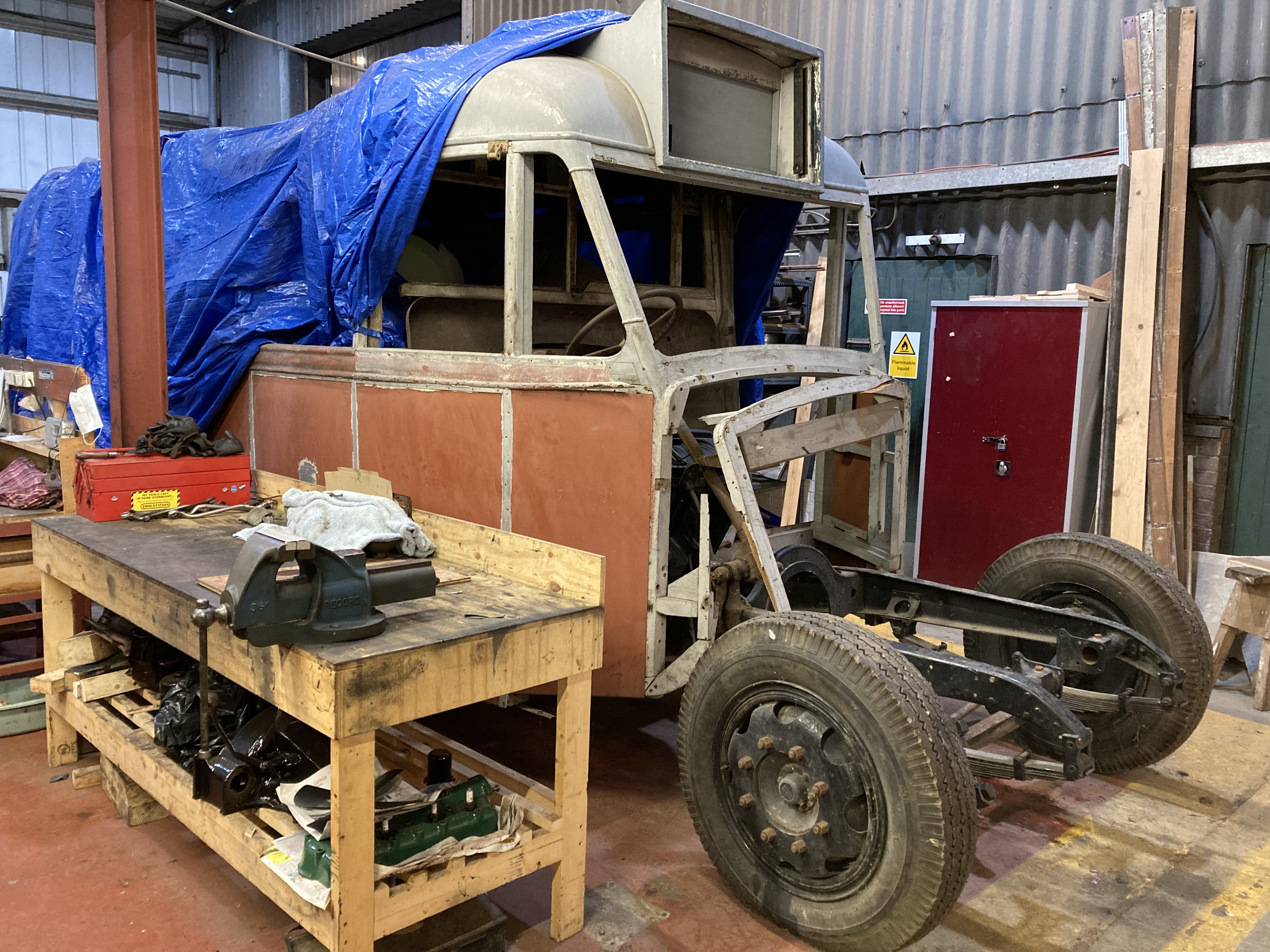
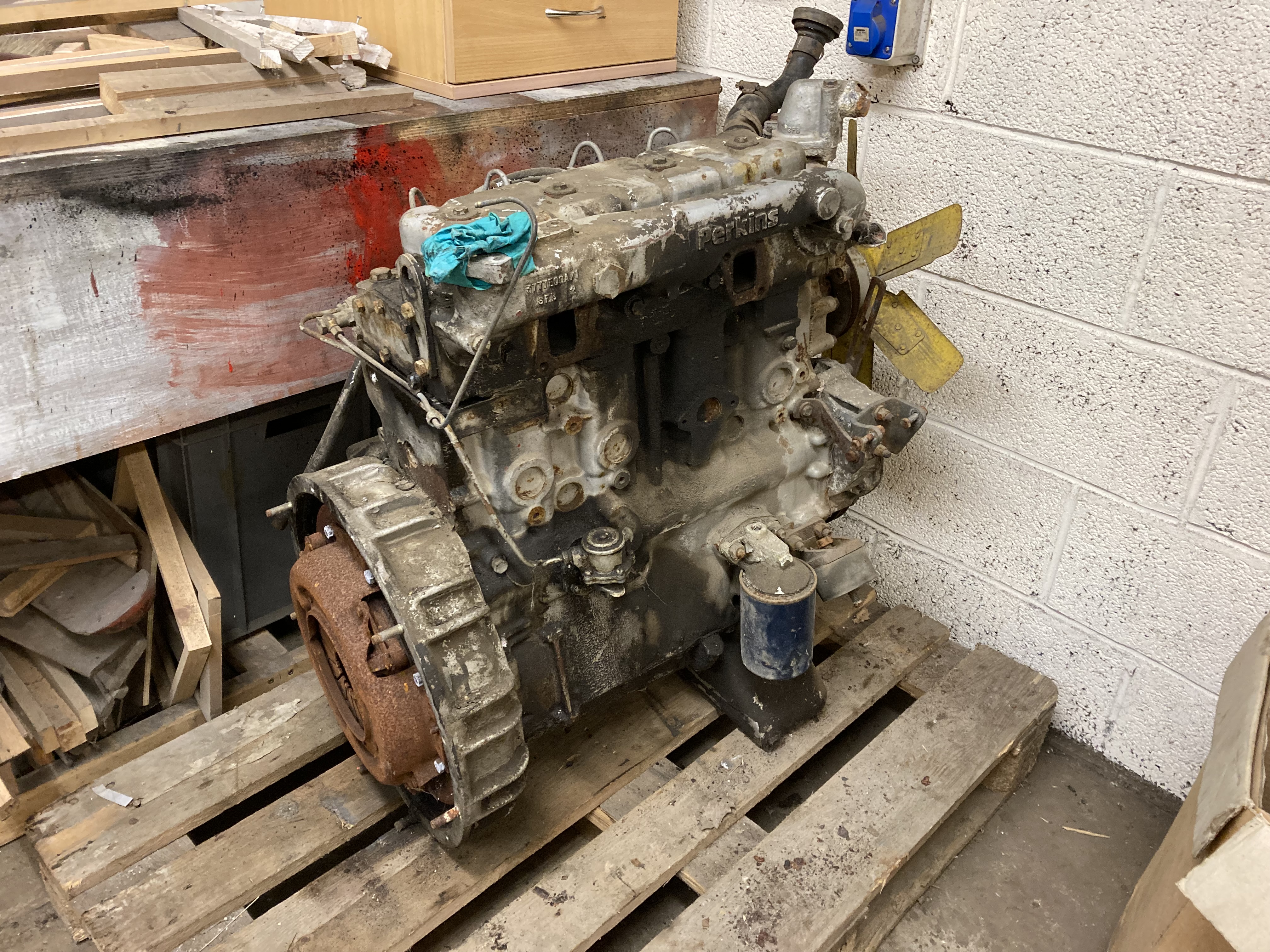








Recent Comments